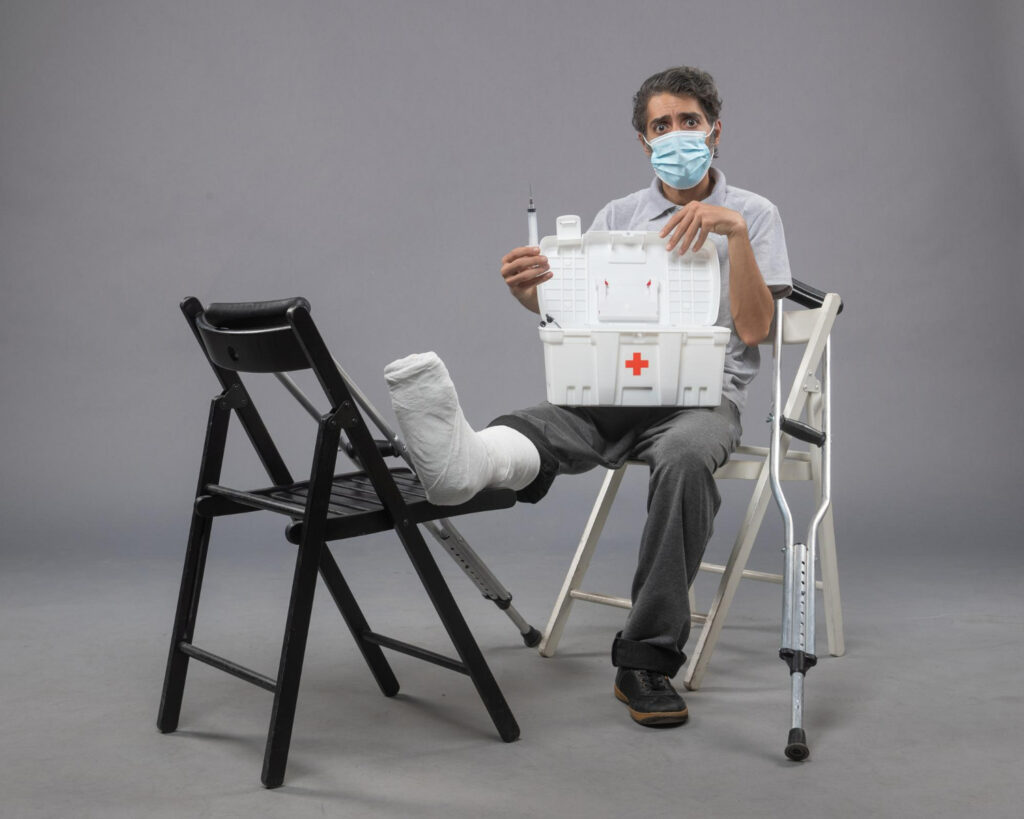
Personal injury cases in India encompass a wide range of situations where an individual suffers harm due to someone else’s actions or negligence. Understanding how to file a claim is crucial for securing compensation and ensuring justice. This article outlines the key steps covering all the aspects from definition to all the legal aspects involved in filing a personal injury claim in India, including constitutional rights, applicable laws, compensation calculation, and recent judicial trends.
What is a Personal Injury Claim?
A personal injury claim is a legal action taken by someone who has been physically or emotionally harmed due to the negligence or intentional act of another person, company, or entity. The purpose of the claim is to recover financial compensation to cover medical expenses, lost wages, pain and suffering, and other damages.
Constitutional Rights and Legal Framework
In India, the Constitution guarantees certain fundamental rights that underpin the process of seeking redress for personal injuries:
Article 21 of the Constitution of India guarantees the right to life and personal liberty. This has been interpreted to include the right to live with human dignity, which encompasses the right to seek compensation for harm suffered due to negligence or wrongful actions.
Personal injury claims are primarily governed by several laws and statutes:
- The Indian Contract Act, 1872: This act governs cases where personal injuries result from breaches of contractual obligations.
- The Motor Vehicles Act, 1988: This act deals specifically with road traffic accidents and provides a framework for claiming compensation for injuries resulting from vehicle accidents.
- The Employees’ Compensation Act, 1923: This act covers workplace injuries and provides for compensation to employees injured during the course of their employment.
- The Consumer Protection Act, 2019: This act addresses claims related to defective products and medical negligence when such products or services are provided to consumers.
- The Code of Civil Procedure, 1908 (CPC): This code outlines the procedure for civil suits, including personal injury claims.
How to File a Claim For Personal Injury
- Seek Medical Attention: The first step in filing a personal injury claim is to seek immediate medical attention. Proper documentation of injuries is essential for substantiating the claim.
- Gather Evidence: Collect all relevant evidence, including photographs of injuries, medical reports, police reports (in the case of road accidents), witness statements, and any other documentation that supports the claim.
- Consult a Lawyer: It’s advisable to consult with a lawyer specializing in personal injury cases. They can guide you through the legal process, help in collecting evidence, and ensure that your claim is properly filed.
- File a Complaint: Depending on the nature of the injury, you may file a complaint under different legal frameworks:
- Motor Vehicles Act: File a claim with the Motor Accidents Claims Tribunal (MACT).
- Employees’ Compensation Act: File a claim with the Employees’ Compensation Commissioner.
- Consumer Protection Act: File a complaint with the Consumer Disputes Redressal Forum.
- General Civil Suit: For other types of personal injury, you can file a civil suit in the appropriate civil court.
Calculating Compensation
Compensation in personal injury cases typically covers the following:
- Medical Expenses: This includes all costs related to medical treatment, hospitalization, and rehabilitation.
- Loss of Income: Compensation for loss of earnings if the injury affects your ability to work.
- Pain and Suffering: Damages for physical and emotional suffering endured due to the injury.
- Future Losses: Compensation for any long-term impact on earning capacity or quality of life.
The compensation amount can be determined based on medical reports, expert testimonies, and the impact of the injury on the claimant’s life and work.
Negligence and Liability
In personal injury cases, establishing negligence is crucial. Negligence refers to the failure to exercise reasonable care, resulting in harm to others. The following elements must be proven:
- Duty of Care: The defendant owed a duty of care to the claimant.
- Breach of Duty: The defendant breached that duty by acting (or failing to act) in a manner that a reasonable person would not.
- Causation: The breach of duty directly caused the injury.
- Damages: The claimant suffered actual damages as a result.
Types of Personal Injury Cases

Roadside Accidents:
Claims related to vehicle accidents can be filed with the Motor Accidents Claims Tribunal (MACT). The process involves presenting evidence of the accident, injuries, and damages.
Workplace Injuries:
Under the Employees’ Compensation Act, employees injured in the course of employment can claim compensation. This involves proving the injury occurred while performing job-related duties.
Medical Negligence:
Claims for medical negligence are addressed under the Consumer Protection Act. Patients can file complaints against healthcare providers for failing to meet standard care practices.
Defective Products:
If an injury results from a defective product, a claim can be filed under the Consumer Protection Act. Evidence must show that the product was defective and caused harm.
Product Liability:
Harm caused by defective or dangerous products.
Recent Judgements
Recent judicial decisions provide valuable insights into how personal injury claims are adjudicated:
- The Supreme Court’s Decision in National Insurance Co. Ltd. v. Pranay Sethi (2017): This landmark judgement clarified the methodology for calculating compensation, emphasizing the inclusion of future earnings and standard of living adjustments.
- The Delhi High Court’s Decision in Smt. Shakuntala Devi v. Puran Chand (2022): This case highlighted the importance of detailed medical reports and expert testimonies in assessing compensation for pain and suffering.
- The Supreme Court’s Decision in Indian Medical Association v. V.P. Shantha (1995): This judgement established the standards for medical negligence and outlined the rights of patients to seek compensation for substandard care.
FAQ :
Q. How long do I have to file a personal injury claim in India?
Ans. In India, the limitation period to file a personal injury claim is generally two years from the date of the incident, as per the Limitation Act, 1963. This time frame applies to most personal injury cases, including those related to accidents or negligence.
Q. What if I’m partially responsible for the injury?
Ans. If you are partially responsible for the injury, India’s legal system follows the principle of “contributory negligence.” Under this doctrine, your compensation may be reduced based on your degree of fault in the incident. The court assesses the percentage of responsibility attributed to both parties, and your compensation is adjusted accordingly.
Q. What is the best way to make a personal injury claim?
Ans. To make a personal injury claim, first seek medical attention and gather evidence like photos, witness statements, and police reports. Then, consult a lawyer to send a legal notice and file a claim in court if necessary, ensuring you get fair compensation.
Q: What happens if the other party refuses to pay?
Ans. If the responsible party refuses to pay, your case may proceed to court, where the judge will rule on the matter and enforce payment.
Conclusion
Understanding these elements and following the appropriate legal procedures can significantly enhance your chances of a successful personal injury claim in India. Always consult with a qualified lawyer to navigate the complexities of the legal system and ensure that your rights are fully protected.




Very useful information shared in detail . Thank you for sharing.
[…] More To ExploreWhat Is Probate Of A Will And Is It Necessary In Delhi / NCR ?How to Draft and Register a Will ?How To File A Claim In Case Of Personal Injury ? […]
[…] Personal Injury Claims: Filed for compensation in cases of physical or emotional harm caused by negligence. […]
Valuable info. Lucky me I discovered your web site by chance, and I am stunned why this accident did not happened in advance!
I bookmarked it.